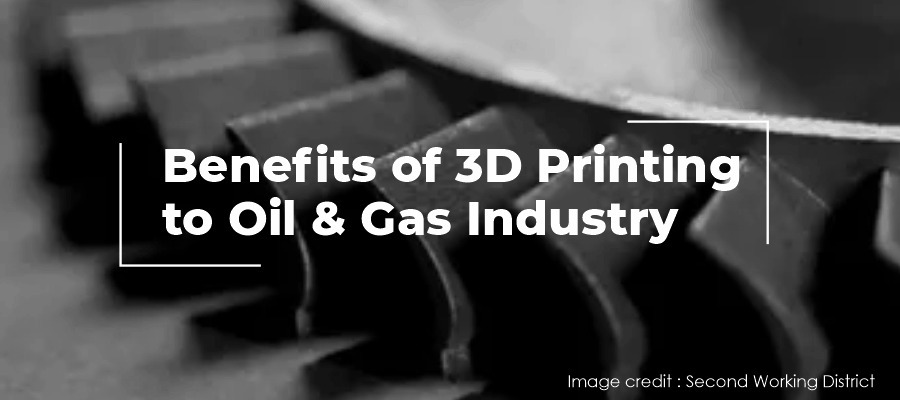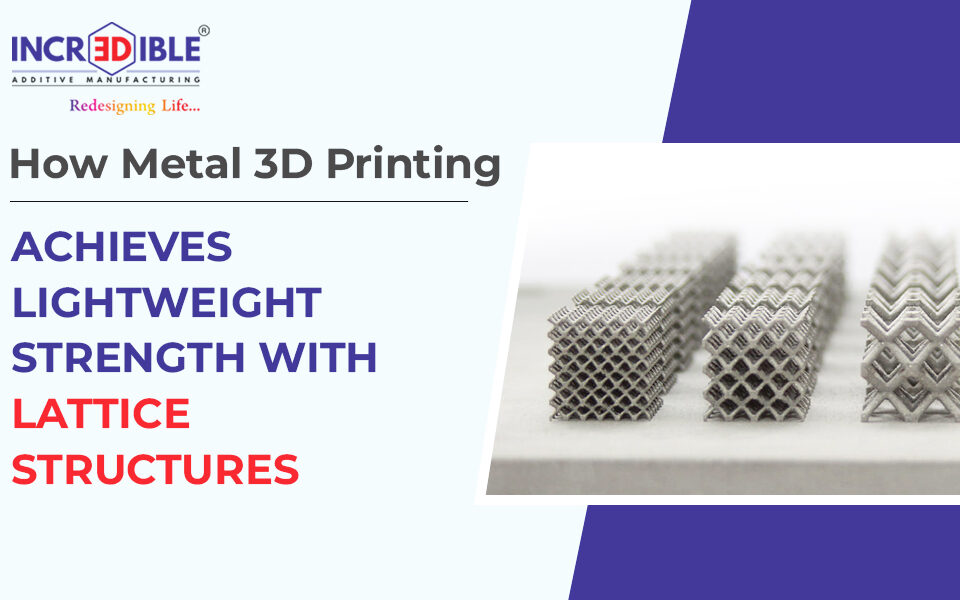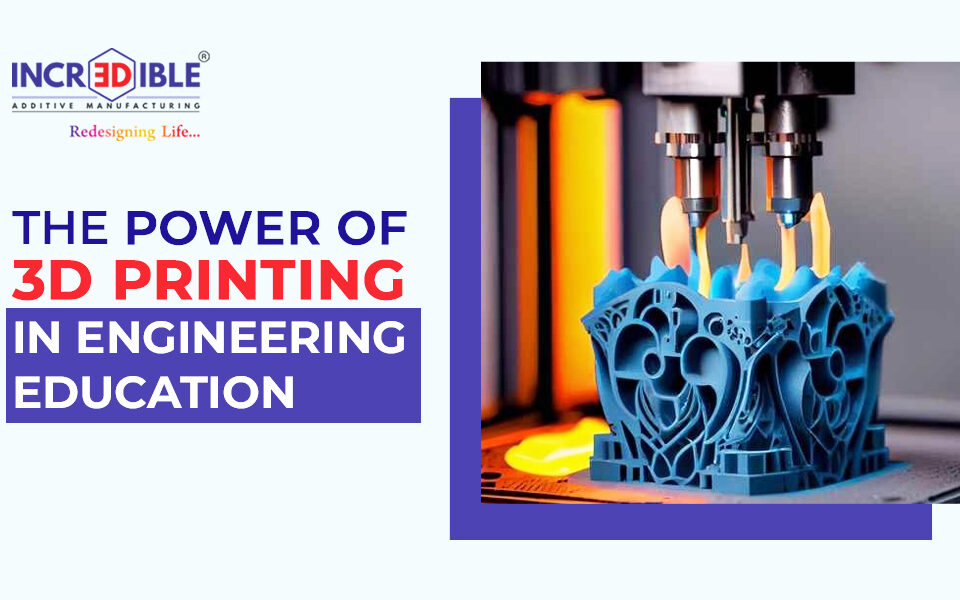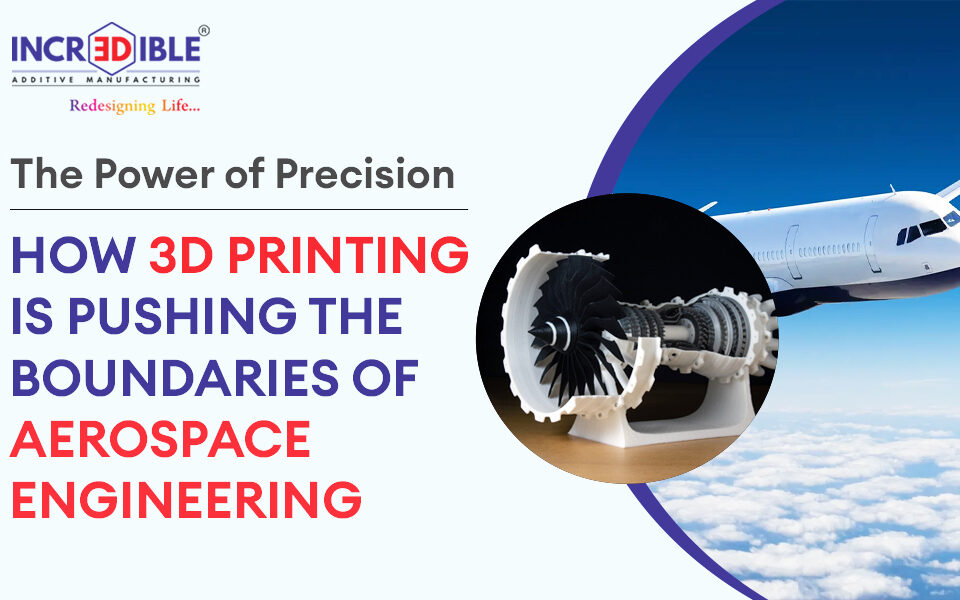3D printing or additive manufacturing are used more and more in the aerospace, automotive and tooling industries. As the adoption of this extraordinary technology continues to grow, it is making significant penetration into the oil and gas industry. 3D printing in the oil and gas industry will bring transformative change with a seamless revolution in its applications in various industries. 3D printing also offers the ability to create complex shapes and fast, rapid on-demand manufacturing capabilities that were previously difficult to manufacture. Hence, it is clear that 3D printing is helping to make complex processes in the oil and gas industry simple and efficient. Let’s take a look at some of the great benefits of 3D printing for the oil and gas industry.
On-Demand Manufacturability
Oil and gas plants have wide spread of locations irrespective of geographical challenges across oceans and mountains. Hence they face significant cost in logistics. The high cost of downtime only accentuates the parts supply challenge. Since there is high on demand manufacturing of high-quality parts for maintenance and repairs is required leading to cost addition in logistics and manufacturing, most operators strive to minimize unscheduled downtime by maintaining large inventories of critical spare parts. Traditionally, it has been more cost-effective to overstock parts than to deal with extended downtime. Additive manufacturing optimizes asset maintenance in a variety of ways. Increasingly, industry principals, suppliers and maintenance providers all pursue faster repairs and improved design quality through additive manufacturing. AM reduces warehouse stocks through on-demand printing. The attendant savings have more impact given the historical volatility of oil prices.
3D Printing is an absolute solution to all these issues faced by the oil and gas industry as the spare parts can be easily produced on site itself. Though technological advancements are causing a steady growth in the efficiency of manufacturing multiple products at the same time, it is important to maintain the speed and deliver the products on-time according to the demand. 3D Printing ensures a quick and rapid on-demand manufacturability of products shortening its development cycle. It also helps in engaging with various design iterations, testing it, and then finalizing the suitable ones.
Compared to investment casting, additive manufacturing allows for sophisticated manufacturing of pumps, turbomachinery, valves and other vital components can reduce costs with best performance. For example, the GE Oil & Gas Additive Manufacturing Laboratory in Florence, Italy, employs multiple direct metal laser melting (DMLM) machines to fabricate turbo machinery components.
The oil and gas industry requires parts to meet robust performance and environmental standards. AM allows for complex geometries in one fluid build. Dense, corrosive resistant and high strength, 3D printing metal materials meet a number of application requirements. The materials in 3D Printing like Inconel based super alloys and other alloys based on SS, Al, Ti, etc are best candidate and qualifying materials for oil and gas applications.
New Product Development
One of the main advantages of 3D printing technology is that it accelerates the speed of development and manufacture of a new product in the market. It is one of the most demanding and sought after technological advancements in the world today. According to industry experts, 3D printing used in the oil and gas industry can result in efficient oil and gas extraction, making the process faster and easier, lowering costs. Without a doubt, this will affect all important economic aspects of our country. The oil and gas industry follows strict environmental safety regulations. This leads many companies to constantly innovate and rework on new product designs that are more efficient and profitable and cause less damage to the environment. With the help of 3D printing, this process is achieved by conserving resources with their optimal use and preserving the environment.
Capability to Produce Complex Shapes and Structures
3D Printing technology is equipped with the ability to produce complex shapes and structures with ease. Reverse engineering like turning a complex assembly of multiple parts into a single assembled product can be easily executed with the help of 3D printing. This can visibly reduce the time being spent on the site and strike a perfect balance between production quality and quantity.
Case studies:
GE Oil & Gas reduced its product testing and validation process by half when it used additive manufacturing to develop a new burner for the NovaLT16 gas turbine.
Fig. Siemen’s gas turbine 3d printed
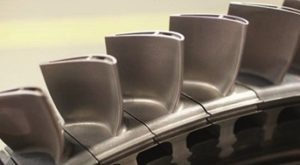
Fig. GE Produces its nozzle by 3D Printing

Conclusion-
Key reasons why 3D Printing is suitable in Oil & Gas Industry
- Instant manufacturing on demand reduces lead time
- On site manufacturing saves logistics time to ship parts to remote oil & gas plants
- Instant and onsite manufacturing saves downtime loss tremendously
- Complex part printability makes oil and gas plant equipment efficient
- Super alloys in 3D printing qualifies stringent quality requirement of oil and gas
- Least material wastage compare to other manufacturing processes eliminates environmental problems of oil and gas
3D Incredible based in Pune India has 44 years of manufacturing background with reach in more than 32 countries, experienced R&D team supported with world class research and testing lab is always open for research, qualification and manufacturing projects. The company has state of 3D printing facility run by 3D printing enthusiasts has good experience of working in additive manufacturing with numerous OEMs and govt defense and space organisations.

